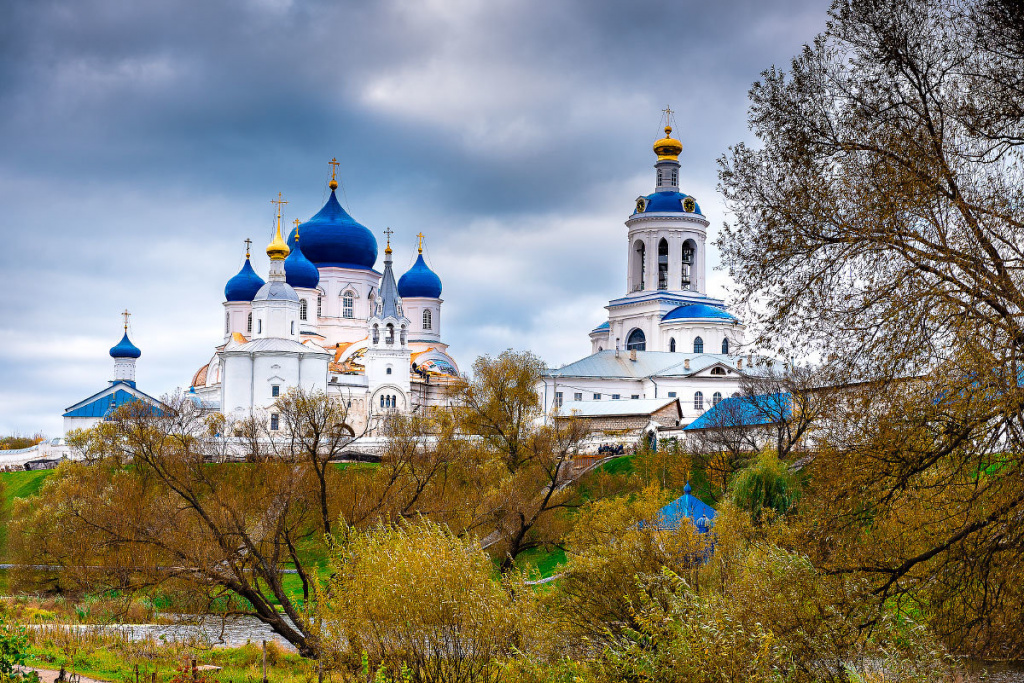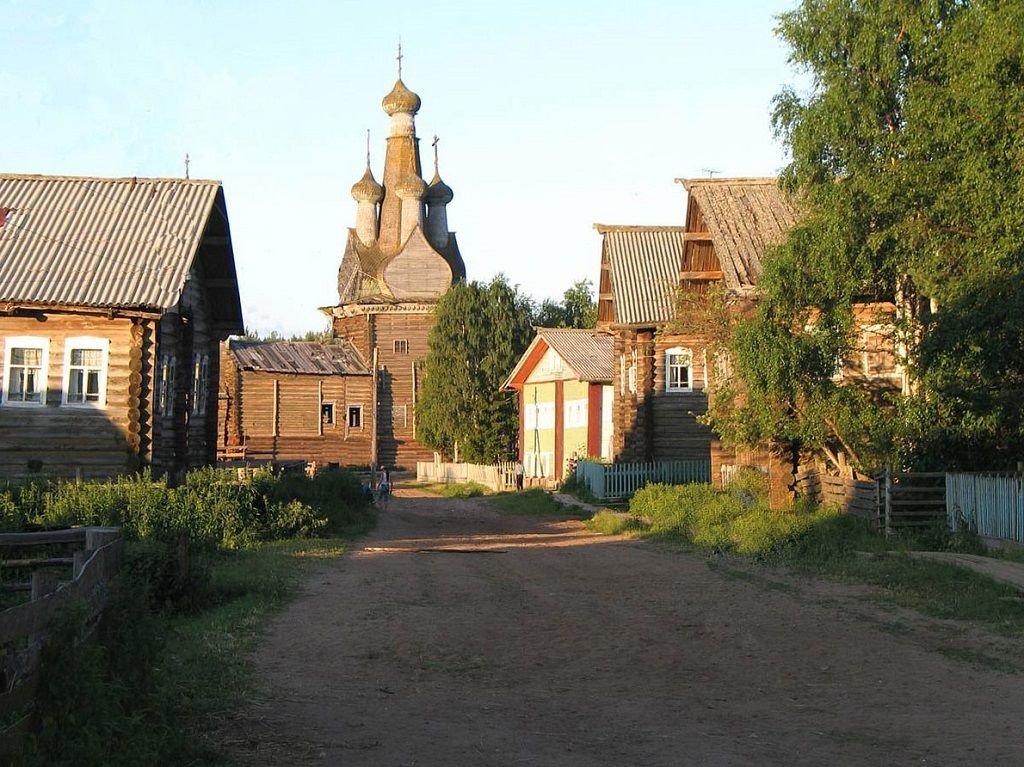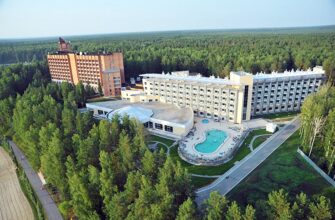Review of the best according to the editorial board. On the selection criteria. This material is subjective and does not constitute advertising and does not serve as a purchase guide. Before buying, you need to consult with a specialist.
Along with the growth of large settlements, the decline of villages is most often observed. Passing by, you can see how residential buildings alternate with abandoned and dilapidated ones, and sometimes there are whole ghost settlements, the inhabitants of which have long gone to cities. However, in Russia there are still a considerable number of places where people carefully preserve the originality and unique appearance of their villages. Such picturesque places participate in competitions and, if they meet certain requirements, are included in the Association of the Most Beautiful Villages of Russia, becoming, in fact, full-fledged tourist sites. Of these, we have selected ten of the brightest and most colorful, where you should definitely visit at least once in your life.
The most beautiful villages in Russia
| Nomination | a place | Village | rating |
| The most beautiful villages in Russia | 10 | The village of Varzuga | 4.1 |
| 9 | Nikolo-Lenivets village | 4.2 | |
| 8 | Esso village | 4.3 | |
| 7 | Bogolyubovo village | 4.4 | |
| 6 | Kinerma village | 4.5 | |
| 5 | The village of Desyatnikovo | 4.6 | |
| 4 | Oshevensky Pogost village | 4.7 | |
| 3 | The village of Bolshoy Kunaley | 4.8 | |
| 2 | Kimzha village | 4.9 | |
| 1 | Vyatskoe village | 5.0 |
The village of Varzuga
Rating: 4.1

Varzuga was one of the largest and oldest villages on the Kola Peninsula; the first historical mention of it dates back to the middle of the 15th century. Now it is a real gem of the Murmansk region, attracting tourists from all over Russia and even from foreign countries. In addition to local folklore, the villagers have retained their traditional cuisine, in which salmon dishes, animal figurines baked from rye dough, and Pomor pies with northern berries: blueberries, cranberries, and others are the centerpiece.
The natural landscapes of the peninsula are perfectly complemented by the architectural buildings of Varzuga. The pride of the village is the Assumption Church, built without a single nail at the end of the 17th century and now recognized as a monument of wooden architecture. Other attractions include the Afanasyevskaya Church and the Church of the Apostles Peter and Paul, built in the 19th century, the Museum of Pomor Life. But tourists come here not only for the beautiful sights and acquaintance with the local culture. Spring spawning of Atlantic salmon takes place on the Varuga River every year; at this time, tent camps for fishing enthusiasts are scattered along the banks for many kilometers.
Nikolo-Lenivets village
Rating: 4.2

In the 19th century, the population of Nikola-Lenivets reached 10 thousand people, but with the beginning of urbanization, this number kept decreasing, until by the end of the 80s it dropped to several dozen. The village got a chance for a second life after the arrival of the artist Nikolai Polissky. He was fascinated by the local landscapes and soon founded an open-air art gallery here. After a short time, dozens of architects, artists and designers already lived and created their works of art here. The Nikola-Lenivets Art Park covers an area of 650 hectares, all installations are made mainly of natural materials: wood, cones, branches, tree bark, hay and the like. Some of them reach 20 meters in height. Twice a year the Archstoyanie festival is held here, which attracts architects not only from all over Russia, but also from other countries.
The special status allowed preserving the pristine beauty of nature around the village. Wild animals are found in the forests, you can even see rare species of birds, the local river Eel is crystal clear and full of fish. The creators of the park sought to preserve the ecosystem as much as possible, as well as the original appearance of the settlement. Therefore, in the village, along with art projects, you can see old buildings, such as the Church of the Holy Trinity, built in 1802. It was built in a style that is a mixture of Byzantine architecture and the traditions of Russian architecture. For tourists who have come to rest, Nikola-Lenivets offers a cozy hotel complex, guide services and participation in various creative events.
Esso village
Rating: 4.3

The village of Esso is located on the border of the tundra, 600 kilometers from the city of Petropavlovsk-Kamchatsky. Thanks to the numerous thermal springs, the inhabitants of the village do not suffer from the harsh weather conditions of the tundra. The thermal energy of the sources is used to heat houses and greenhouses in the cold season, as well as for recreational purposes, since it has its own sanatorium. They also power the outdoor pool in the main square and the pool in the hotel all year round.
Locals call Esso the happiest village in Russia. And it is not surprising, because the lack of some of the benefits of civilization here is more than compensated for by clean air, the splendor of the surrounding nature and the preserved national culture. On holidays, songs and dances are arranged in the village, and bright festivals are held annually. And in February, residents gather for the main event – a traditional dog sled race called Beringia. This race is the longest in the world among its kind, the total length of the track is 1100 kilometers. Also near Esso (at a distance of 80 km) is the Ichinsky volcano, one of the largest in Eurasia.
Bogolyubovo village
Rating: 4.4

Bogolyubovo is a picturesque village located ten kilometers from the city of Vladimir. Its more than 600-year history began thanks to the prince of Kievan Rus Andrey Bogolyubsky, who laid the foundation of the first buildings and made the settlement his residence. He also built the Church of the Intercession on the Nerl, choosing for this an amazingly beautiful place where the Nerl River flowed into the Klyazma. Surrounded by green meadows, the white temple is a true masterpiece of ancient Russian architecture. It, together with the remains of an ancient castle belonging to Bogolyubsky, is included in the UNESCO World Heritage List.
Also in the village you can see another Orthodox shrine – the Holy Bogolyubsky Monastery, founded in the 12th century and reconstructed in the 17th century. Inside the cathedral there is a museum that houses archaeological exhibits.
Kinerma village
Rating: 4.5

The Karelian village of Kinerma has existed since the 16th century; at present, it combines a settlement and an open-air museum. Not more than a dozen people live here permanently, but a large number of tourists, including those from abroad, come to admire the local sights every year. Old houses with carved hedges, which have preserved their authentic appearance through the efforts of local residents, are unique examples of traditional architecture of the Olonets Karelians. The main monument of local architecture is a restored wooden chapel with an iconostasis dating from the 18th century.
The inhabitants of Kinerma support the traditional rural way of life, manage the economy and, of course, take care of the leisure of tourists. Guests are accommodated in classic Russian huts, and as a leisure they offer to learn about local customs and attend master classes in the Karelian language, weaving crafts or the preparation of traditional dishes. Also, visitors are given the opportunity to take a steam bath in an old bath.
The village of Desyatnikovo
Rating: 4.6

The Old Believers' village Desyatnikovo was founded in the middle of the 18th century; today about 800 people live in it, carefully keeping the traditions of their ancestors. They are mainly engaged in agriculture and beekeeping. The ancient architecture and distinctive way of life have allowed the village to become part of the UNESCO World Heritage Site. Desyatnikovo is located in the Tarbagatai district of the Republic of Buryatia.
The original feature of the local houses is that almost all of them are brightly painted on the outside, and inside they have colorful patterned murals bearing floral or fabulous motives. Unassuming and simple, but standing out against the background of green hills, the architecture looks very picturesque and creates a positive mood. For guests in the village, excursions are conducted, during which they will get acquainted with the Old Believer way of life, folklore and famous family songs.
Oshevensky Pogost village
Rating: 4.7

Oshevensky Pogost is an old settlement with traditional wooden houses and ethnic culture passed down from generation to generation. Some structures were built in the 15th century, including the Holy Dormition Alexander-Oshevensky Monastery. In Soviet times, it fell into disrepair, but then it was restored and is now operational again. The Church of the Epiphany also attracts attention; the building has an original octahedral dome, the inner side of which is decorated with paintings.
The villagers to this day adhere to local rituals, one of which is the baking of an edible wedding charm made of salt dough. Guests are also taught how to cook these cookies and similar old dishes, spinning lessons, excursions and leisure activities. Guests are accommodated in a restored merchant house.
The village of Bolshoy Kunaley
Rating: 4.8

The Buryat beautiful village of Bolshoi Kurali was founded by Old Believers who moved to Siberia at the beginning of the 18th century. It was customary for them to paint their houses and fences with bright, multi-colored paints, decorate them with carved platbands and other decorative elements. The modern inhabitants of the village (in total, about a thousand people live here) continue to adhere to this tradition, thanks to which the cozy streets have an elegant and even a little fabulous look. In addition, they are remarkably clean, and in every courtyard there are many flowers and green spaces.
In the village you can get acquainted with the local ritual folklore, see folk costumes recreated with historical accuracy and hear the traditional songs of the Trans-Baikal Semeiskiye. The Bolshekunaleiskiy folk choir is one of the oldest musical groups in Siberia; it has taken part in many festivals, including abroad.
Kimzha village
Rating: 4.9

A real paradise for lovers of northern architecture and rural folklore, every house here carries a piece of history. Particularly noteworthy are the strong two-storey huts built in the 19th century and the tent-roofed Odigitrievskaya church. The inhabitants of the settlement strictly observe the ancient rituals, customs and way of life, on which paganism left its mark. Their ancestors were called black tropes, that is, sorcerers, since it was believed that they possessed the ability to conjure, direct and remove damage, and so on. It is worth noting that until the middle of the 20th century, the village did not even have its own cemetery – the deceased were buried on their territory, so that the spirit guarded the dwelling and land plot.
In Kimzha, tourists can see two perfectly preserved post-mill mills, erected on a wooden foundation. Inside one of them there is a museum, and the second was restored with the help of invited Dutch craftsmen, and is still functioning. There is also an ethnographic museum and a craft school, which teaches weaving and clay modeling.
Vyatskoe village
Rating: 5.0

In 2019, the most beautiful Russian village was the village of Vyatskoye, founded at the beginning of the 16th century by farmers and merchants. Today the village is a large historical and cultural complex, to which crowds of tourists flock. Many old buildings have been preserved in their original form: merchant mansions, a wooden church, peasant huts, about fifty architectural sights in total, immersed in the greenery of nature. The village has as many as ten museums, visiting which you can get acquainted with the history of the place, its customs and talented people who were born in Vyatskoye. Moreover, one of the museums, the Polytechnic, will show the process of creating engravings using a special machine, and the children's museum houses the largest collection of toys in the country.
Leisure of tourists in the village is not limited to visiting museums and visiting architectural monuments. Various contests, festivals and Russian folk celebrations are regularly held here. There is also an amusement park recreated according to old drawings. For the convenience of visitors, there are three hotels, several restaurants and a concert hall.
Attention! This rating is subjective and does not constitute an advertisement and does not serve as a purchase guide. Before buying, you need to consult with a specialist.








